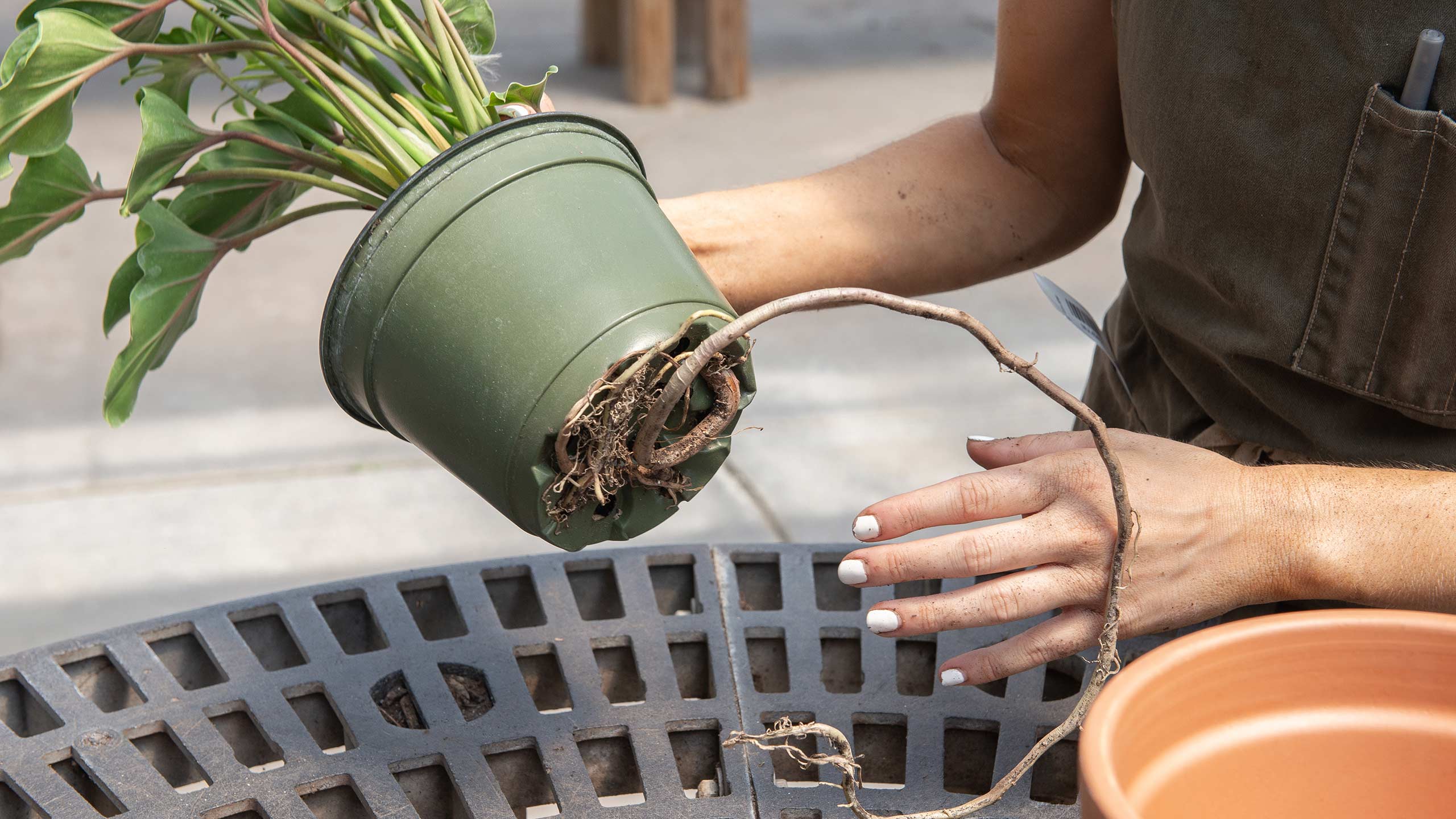The Great Uprooting: When’s the Perfect Time to Repot Your plant Pals?
So, you’ve got a plant that’s looking a little… snug. Maybe its roots are peeking out the drainage holes, or it just seems perpetually thirsty no matter how much you water. It’s probably screaming (in its own silent, leafy way) for a new home. But when, oh when, is the best time to give it that glorious, spacious upgrade? Let’s dive into the dirt on repotting, in language even your most botanically-challenged friend can understand.
Forget fancy charts and scientific jargon for a moment. Repotting, at its heart, is about timing it right with your plant’s natural rhythms. Think of it like moving house yourself – you wouldn’t want to pack up all your belongings in the middle of a blizzard, right? Your plant feels pretty much the same way about a major disruption to its root system.

If there’s one takeaway from this entire chat, it’s this: spring is generally your absolute best bet for repotting. Why? Because spring is when most plants are waking up from their winter slumber and getting ready to embark on a season of vigorous growth. Their energy levels are high, their metabolism is kicking into gear, and they’re primed to put out new roots and leaves.
Imagine a plant in spring: it’s like a teenager after a long winter break, full of beans and ready to conquer the world (or at least grow a few new inches). When you repot them during this period, they can quickly bounce back from the shock, send out new roots into their fresh soil, and establish themselves happily in their new digs. The longer days and increasing light levels provide the perfect environment for them to recover and thrive.
Active Growth: As mentioned, spring is synonymous with active growth. This means your plant has the energy reserves and the physiological drive to recover quickly from the disturbance of repotting. New roots will quickly colonize the fresh potting mix, minimizing stress.
While spring is the gold standard, sometimes life (or your plant’s desperate plea for more room) happens outside of that perfect window. Let’s look at other seasons:
If you missed the spring boat, early summer can still be an acceptable time, especially if your plant is showing obvious signs of distress from being root-bound. The caveat here is that you need to be extra diligent with watering and observation. The heat of summer can be more stressful for a recently repotted plant, as it will lose more moisture through its leaves. If you do repot in early summer, make sure to:
Keep it hydrated: Don’t let the new soil dry out completely.
As we move into late summer and early fall, the plant’s growth naturally starts to slow down. The days are getting shorter, and temperatures are beginning to drop. Repotting during this time can be riskier because the plant won’t have as much energy to recover before it enters its dormant phase for winter. If your plant absolutely must be repotted at this time (e.g., it’s literally busting its pot), keep the following in mind:
Choose a slightly smaller pot: Don’t go for a massive jump in pot size, as the plant won’t have time to fill it with roots before winter.
Unless it’s a dire emergency (like a diseased root system that needs immediate attention), avoid repotting in winter. This is typically a dormant period for most houseplants. Their growth has slowed significantly, their metabolism is sluggish, and they’re essentially “resting.” Disrupting their roots during this time is like waking someone up in the middle of a deep sleep and asking them to run a marathon – it’s going to be extremely stressful and could even be fatal.
During winter, plants are conserving energy. They’re not actively putting out new roots, so they won’t be able to recover from the repotting shock effectively. The damp, cool conditions of winter also increase the risk of root rot in fresh, un-colonized soil. So, unless you have a truly compelling reason, put off that repotting project until spring.
While seasonal timing is crucial, sometimes your plant will give you unmistakable signals that it needs a new home now. These situations are often emergencies that might warrant breaking the “spring only” rule:
Root-bound to the extreme: Roots are circling endlessly in the pot, growing out of drainage holes, or even pushing the plant up and out of its container. This indicates the plant is severely constricted and cannot access enough nutrients or water.
Choose the right size pot: Don’t go too big! A pot that’s only 1-2 inches wider in diameter than the old one is usually sufficient. Too large a pot can lead to excess moisture and root rot.
Ultimately, your plant will give you the best clues as to when it needs a new home. While spring is the ideal time for most, sometimes you have to act based on your plant’s individual needs. By understanding their growth cycles and recognizing the signs of distress, you can ensure your green companions continue to thrive and bring joy to your space. Happy repotting!

